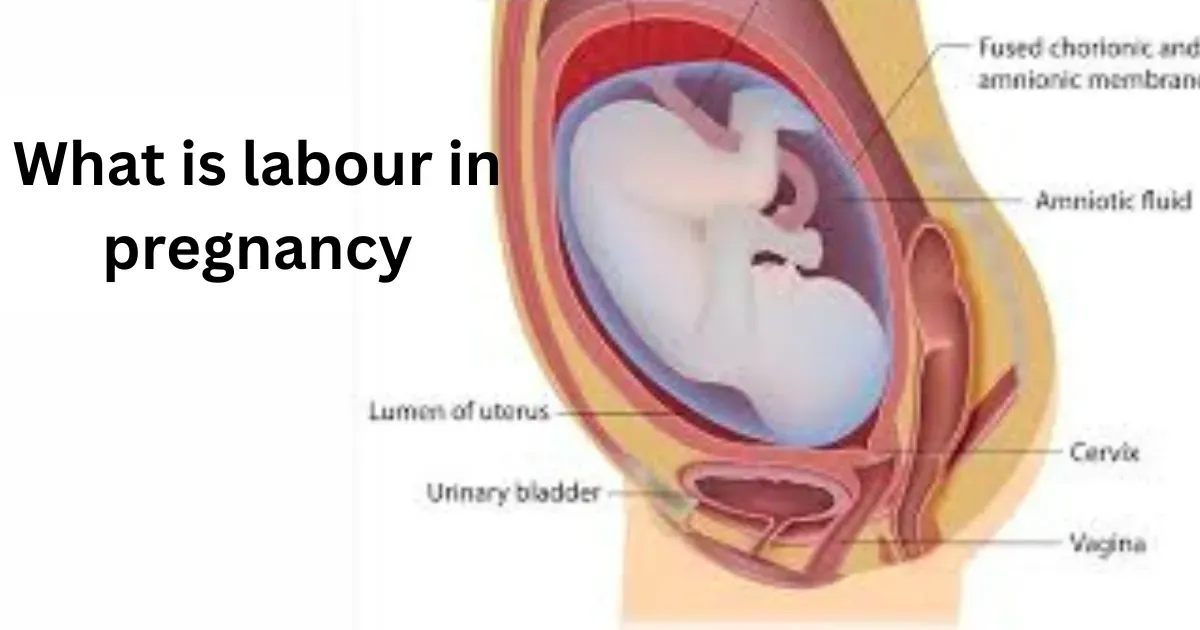Pregnancy is the most important
thing for all couples; after they marry, they often consider having a child; labour
pregnancy is according to the woman's emotions and his life turn. During
pregnancy, many changes in the woman body. Here, they are explained step by
step.
A) The
onset of labour
Labour
begins with the tightening of the uterus, the muscular organ that has been your
baby’s home for 9 months. Contractions of the uterus are felt as pains in the
abdomen or lower back. As the labour goes on, these contraction get stronger.
One of
the surest signs that labour is about to begin is the passage of blood-stained
mucus from the vagina. This plug of mucus, which seals the cervix (neck of the
uterus), is loosened and expelled to allow the baby’s passage through the birth
canal.
Another
event that may occur before or during labour is the breaking of the
fluid-filled sac (amniotic sac) surrounding the baby. This sac contains the
liquid that has cushioned the infant during his stay in the womb. If the
amniotic sac breaks, you will see a colourless fluid. Occasionally, the fluid
may be greenish-brown in colour. In any case, if the amniotic sac breaks, you
should see your doctor immediately. In most cases, the fluid-filled sac will
not break until active labour is well under way. Blood discharge or flow of
water should be reported to your doctors, who will most likely advise you to
leave for the hospital.
B) When
to go to the hospital
You
should go to the hospital as soon as you are sure that labour is properly
established.
Or when
the membranes rupture, or if you have any sort of vaginal bleeding. Well, over
99 percent of women who are due to be delivered in hospitals arrive there in
plenty of time. If there is any doubt concerning the onset of labour or if you
are worried about your condition, do not hesitate to call the hospital. There
is always someone on duty who is well-trained in the rapid assessment of the
situation. If you are fairly certain you are in labour, tell the sister in
charge exactly what has happened, and she will undoubtedly instruct you to go
to the hospital as soon as possible.
If you
are in early labour and the situation is not an emergency, it is usually
perfectly reasonable to travel to the hospital by car or even public transport,
but if you are in doubt as to how to travel to the hospital, please consult the
hospital first. For any emergency, however, such as vaginal bleeding or very
strong labour, an ambulance should be called.
C) Stages
of childbirth
Before
birth, the baby
is usually floating upside-down in the womb. By the 9th month of
pregnancy, the baby’s head has moved down into the mother’s pelvis, ready for
birth, and the neck of the womb has not dilated or opened.
Before
birth, the baby
is usually floating upside-down in the womb. By the 9th month of pregnancy,
the baby’s head has moved down into the mother’s pelvis, ready for birth, and
the neck of the womb has not dilated or opened.
First
birth: During
the first stages, the contractions of the womb press the head of the
baby against the cervix, the neck of the womb. The bay stretches the cervix
open. The sac of fluid surrounding the baby breaks.
Second
birth (1): During
the second stage of childbirth, the baby’s head is forced into the vagina. As
the baby is pushed from the womb and out of the birth canal, the head faces the
mother’s back.
Second
birth (2): after the
baby’s head has emerged from the birth canal, the head and shoulders are turned
to ease delivery. The rest of the body slips out quickly. Breathing begins with
the baby’s first cry. The umbilical cord is cut.
Final
Stage: During
the final stage of childbirth, the placenta, or afterbirth, and the remainder
of the umbilical cord are forced out through the vaginal. This is almost
painless. The womb returns to its normal size about 10 days later.
D)
Prolonged labour
Defined
as labour that lasts more than 24 hours, it’s a possibility that doesn’t get
mentioned much—unless it happens. With any luck, it won’t happen, as prolonged labour
is much rarer nowadays than it used to be because of scientific advances.
Tips for Labour
It’s a
good idea to make a birth plan, as it will help focus your mind on labour, but
bear in mind that it may not turn out exactly as you had planned.
Don’t go
by anyone else’s account of what labour is like. Yours’s will be different.
Make a decision to trust your own body.
Make sure
that your suitcase to be taken to the hospital is packed well in advance of
your due date, or else you’re bound to forget something in the rush when labour
starts.
Find out
from your doctor which way your baby is facing. It is most likely to be laying
head down and anterior, but it’s helpful to be prepared should your bay be
positioned another way.



.webp)



